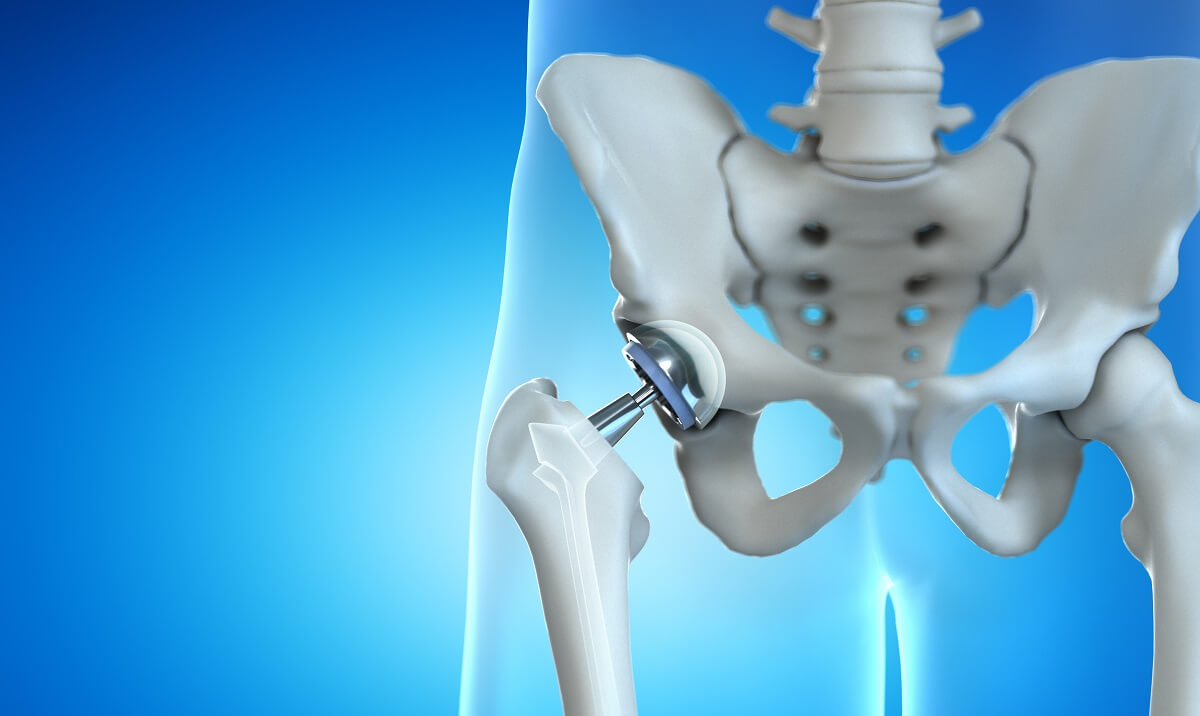The Centers for Advanced Orthopaedics is redefining the way musculoskeletal care is delivered across the region with locations throughout Maryland, DC, Virginia and Pennsylvania.
Studies Confirm Benefits of Direct Anterior Approach to Total Hip Replacement
New studies link the direct anterior approach to total hip arthroplasty with faster recovery and better results.

A recent study of the direct anterior vs lateral approaches to total hip arthroplasty indicates superior results using the direct anterior approach (DAA). The study, published by the Journal of Orthopaedic Surgery and Research, shows significantly reduced pain levels, lower blood loss, and faster functional recovery following DAA. Additionally, several past studies have linked direct anterior total hip arthroplasty to shorter hospital stays and lower dislocation rates in comparison to other approaches.
What is the Direct Anterior Approach?
According to the Agency for Healthcare Research and Quality, more than 300,000 total hip replacements are performed each year in the United States. While most common among patients between the ages of 50-80, total hip replacement (or “hip arthroplasty”) provides relief for chronic hip pain and stiffness in patients of all ages.
Traditional hip replacement techniques are performed through a 10 to 12-inch incision on the back (posterior) or side (lateral) of the hip. The muscles are then detached from the bone in order to access the damaged bone and tissue. While this technique is proficient at restoring mobility and reducing chronic pain, it also includes an extensive recovery period with many limits.
Using the much less invasive direct anterior approach, we are able to access the damaged area through a smaller incision (approx. 3-4 inches) without detaching the muscle. This allows us to perform the replacement with less tissue damage, shorter recovery times, and lower risk of dislocation.
All approaches to hip arthroplasty have their advantages and disadvantages. A common argument against the DAA is a high rate of complications; however, complication rates drop significantly with experience and don’t appear to exceed those of other techniques. As with any procedure, the best approach should be determined on an individual basis.
---
For OrthoMaryland’s Dr. Peter Jay and Dr. Barry Waldman, this study only further confirms benefits they discovered long ago. By mastering this technique, they have seen exceptional results and have been able to perform many total hip replacements on an outpatient basis with patients returning home within a few hours after surgery.
While the direct anterior approach has gained popularity in recent years, it remains untouched by many surgeons due to its steep learning curve. But for others, including Dr. Jay and Dr. Waldman, the outcome has been well worth the effort.